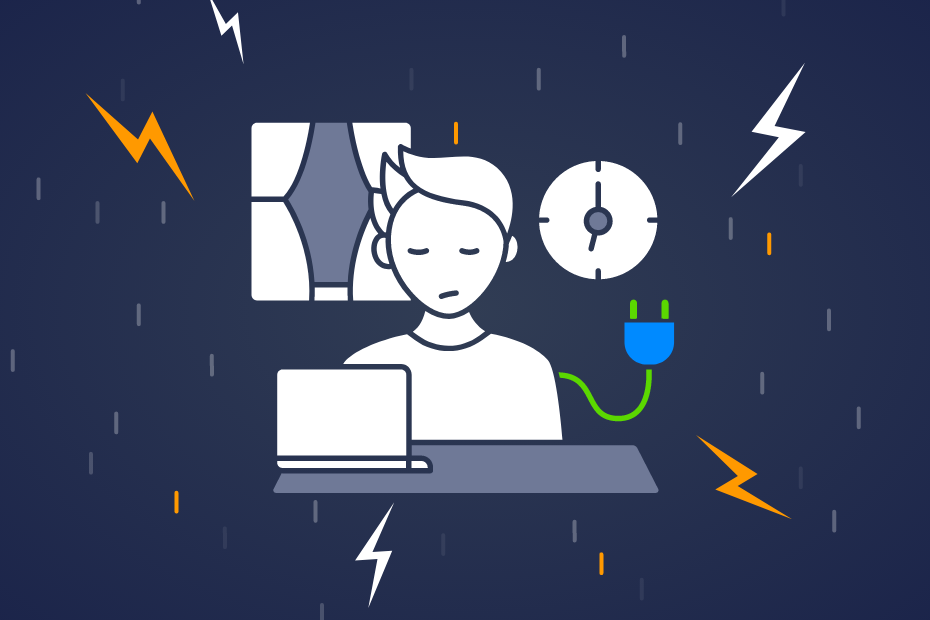
In today's fast-paced and achievement-driven world, the pursuit of productivity often takes center stage. However, there's a darker side to this relentless drive known as “toxic productivity”. This article aims to shed light on the concept of toxic productivity and its damaging repercussions on both individuals and organizations. Let's embark on a journey to explore the signs, effects, and strategies to overcome toxic productivity, ultimately fostering a healthier and more sustainable work environment.
Introduction to toxic productivity
At first glance, the term "productivity" evokes images of accomplishments and success. However, when the pursuit of productivity morphs into an obsession with constant busyness and unchecked achievement, it crosses into the realm of toxic productivity. This phenomenon is characterized by a compulsion to work tirelessly, often at the expense of mental and physical well-being. The line between healthy motivation and toxic productivity is thin, and recognizing this distinction is paramount.
Signs and symptoms
The symptoms of toxic productivity are not always obvious, as they can be masked by an individual's apparent dedication. People under the grip of toxic productivity might seem like they are thriving, yet they are increasingly vulnerable to burnout, emotional exhaustion, and a deteriorating sense of fulfillment. Let's name some of the signs and symptoms of toxic productivity at work:
Relentless overworking: Constantly staying late, working through breaks, and taking on excessive tasks beyond regular work hours, believing that more hours equate to higher productivity.
Neglect of self-care: Consistently putting work before basic self-care needs like proper meals, exercise, and adequate sleep due to the fear of falling behind.
Inability to disconnect: Feeling anxious or guilty when not working, and finding it challenging to unplug from work-related tasks even during personal time.
Perfectionism: Setting impossibly high standards for oneself and obsessing over every detail, leading to frustration when those standards aren't met.
Constant comparison: Regularly comparing one's accomplishments to others, leading to feelings of inadequacy and a perpetual sense of competition.
Ignoring well-being signals: Disregarding physical or emotional signs of distress, such as headaches, fatigue, anxiety, or irritability, while continuing to push through.
Lack of boundaries: Struggling to say "no" to additional tasks or projects, fearing it might be perceived as a lack of dedication or competence.
Neglecting relationships: Prioritizing work over personal relationships, resulting in strained interactions with friends, family, and colleagues.
Diminished sense of accomplishment: Despite high levels of productivity, feeling unsatisfied or like achievements are never enough, leading to a perpetual sense of striving.
Burnout and emotional exhaustion: Experiencing burnout characterized by emotional exhaustion, reduced performance, and a growing detachment from work-related tasks.
Recognizing these signs and symptoms is the first step to addressing toxic productivity and its detrimental effects on well-being and work performance.
Negative effects on employees
The consequences of toxic productivity can be devastating for employees' overall well-being. The unrelenting pressure to perform can lead to chronic stress, anxiety, and even depression. Physical health can also deteriorate as sleep and self-care take a backseat. The vicious cycle of unrealistic expectations leading to a sense of inadequacy fuels dissatisfaction, ultimately impacting job performance and personal happiness.
Impact on team dynamics
Toxic productivity's influence extends beyond individual struggles, infiltrating team dynamics and collaboration. In its wake, a culture of unhealthy competition can arise, where colleagues vie for recognition at the cost of genuine teamwork. Trust erodes as comparisons and overwork poison relationships, hindering innovation and stifling creativity.
Productivity vs. toxic productivity
It's important to differentiate between authentic productivity and the toxic variant. Authentic productivity is rooted in purpose, driven by personal growth and meaningful contributions. On the other hand, toxic productivity is fueled by external validation, often linked to unrealistic goals and an insatiable hunger for recognition.
Preventing and addressing toxic productivity
Recognizing and combating toxic productivity requires a deliberate effort. Individuals can begin by setting healthy boundaries, both with themselves and with their work. Practicing self-compassion and seeking support from peers, mentors, or mental health professionals are crucial steps toward breaking free from the cycle. Organizations, too, play a pivotal role by cultivating a balanced work culture that values well-being as much as productivity. Encouraging open communication, offering flexibility, and promoting employee self-care are essential components of this transformation.
Promoting a healthy work environment
Fostering a healthy work environment is the antidote to toxic productivity. Companies that prioritize well-being and work-life balance create an atmosphere where employees can thrive authentically. By showcasing success stories of such organizations, we shed light on the positive outcomes of valuing employees' mental health and happiness.
A path toward balance
The journey toward overcoming toxic productivity is a collective effort. By acknowledging the dangers of this phenomenon and implementing strategies to address it, individuals and organizations can create a work culture that empowers, supports, and values the well-being of its members. It's time to redefine productivity as a holistic concept that thrives on purpose, fulfillment, and a balanced approach to work and life.